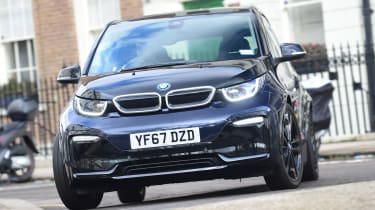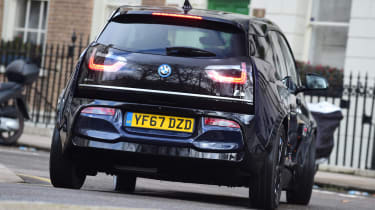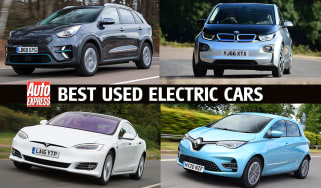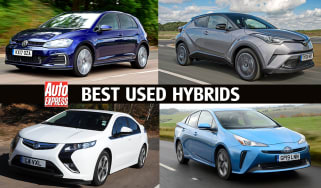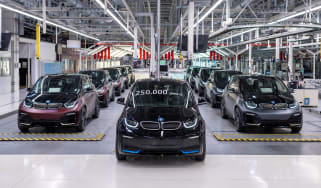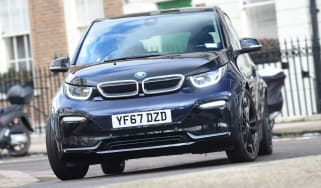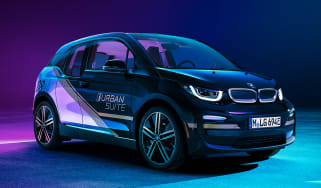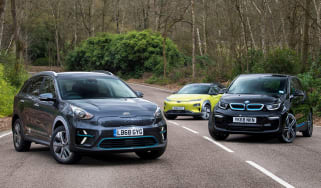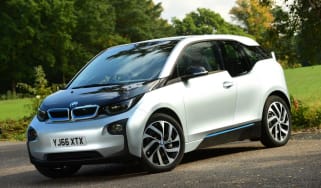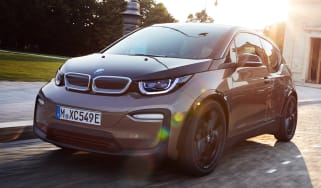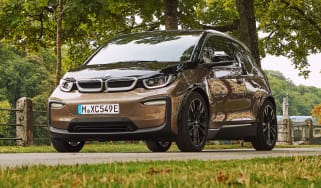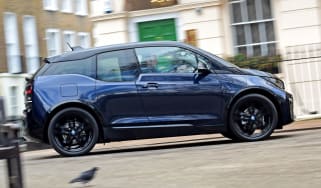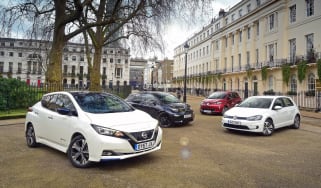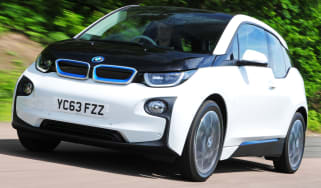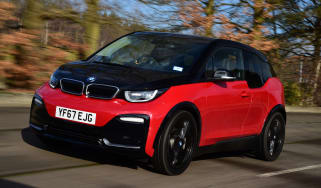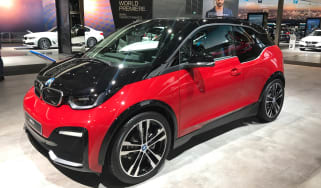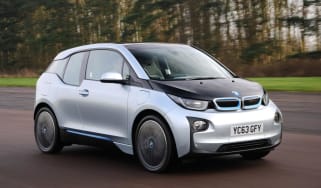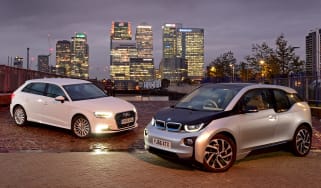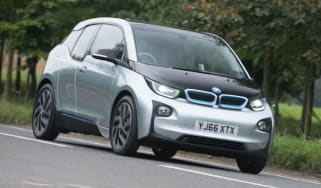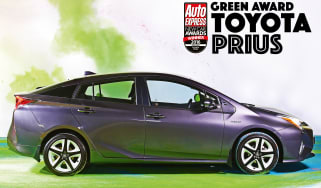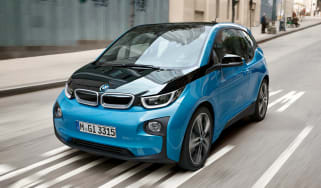BMW i3 (2013-2022) review
The BMW i3 is innovative, stylish and good to drive - delivering a premium small electric car with plenty of road presence

PCP finance available
Perhaps no car has signalled the changing of the automotive times in the past decade quite like the BMW i3. Its relatively long lifespan of nine years from its introduction in 2013 to its discontinuation in 2022 has been afforded by its ability to remain fresh in both design and technology.
Available as both a pure-electric model and as a range-extender hybrid throughout most of its life, the i3 offered up a fairly competitive 190 miles of range in its final EV form. While that’s less than you get from a Vauxhall Corsa-e, Peugeot e-208 and even the Renault Zoe, the i3’s build quality, design touches and driving characteristics kept it in the running right up until its production end.
About the BMW i3
While many hatchback-sized, pure-electric cars share their platforms with internal-combustion engined variants, the BMW i3 used a bespoke architecture. This helped give the newly-formed electrified BMW i subdivision some credentials back in 2013, which were further built upon by the plug-in hybrid i8 a year later.
The i3’s platform not only signified BMW’s dedication to the pure-electric market, but it also enabled the i3 to receive updated powertrains through its lifespan. Starting out with a 22.6kWh battery pack (19kWh usable), it offered a rather measly 81 miles of range. A range-extender version sat alongside the i3 from launch, featuring a two-cylinder motorcycle engine from BMW Motorrad; it essentially served as a generator for the battery, pushing range up to 150 miles.
In 2017, BMW dropped the range-extender version and replaced the pure-electric model’s battery with a larger 33kWh unit, allowing for a 114-mile range. At the Frankfurt Motor Show of the same year, we saw the facelifted BMW i3 launch with new bumpers front and rear, standard-fit LED headlights and fresh wheel arch trims. Range was improved to 187 miles and a sporty i3s version joined the lineup with a more powerful motor, lowered suspension and a wider track. The inside of the i3 remained virtually unchanged with the latest iDrive system incorporated into the 10.25-inch screen on the dash.
A larger 42.2kWh battery pack was installed in 2019 which bumped up the range to a maximum of 190 miles.
In 2022, BMW announced it would be ending production of the i3. The last i3 rolled off the factory line in Leipzig, Germany in June 2022 - a couple of weeks after global i3 sales notched over 250,000 units.
To mark the occasion, BMW commissioned 18 units of the i3 to celebrate the end of production (in a similar fashion to the final 18 limited edition i8s in 2020), with each example painted in BMW’s Galvanic Gold Metallic.
For an alternative review of the BMW i3, visit our sister site carbuyer.co.uk...
Which Is Best
Cheapest
- Name125kW 42kWh 5dr Auto
- Gearbox typeAuto
- Price£32,900
Most Economical
- Name135kW S 42kWh 5dr Auto
- Gearbox typeAuto
- Price£33,900
Fastest
- Name135kW S 42kWh 5dr Auto
- Gearbox typeAuto
- Price£33,900
